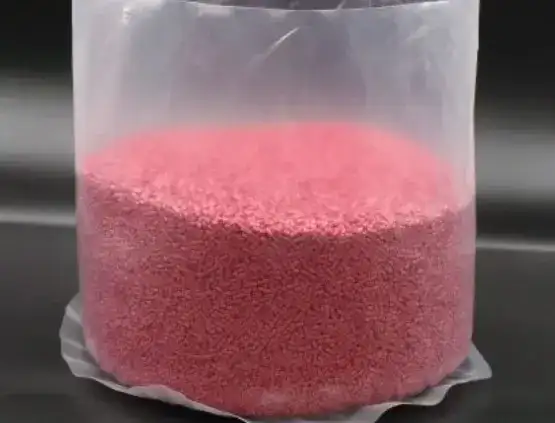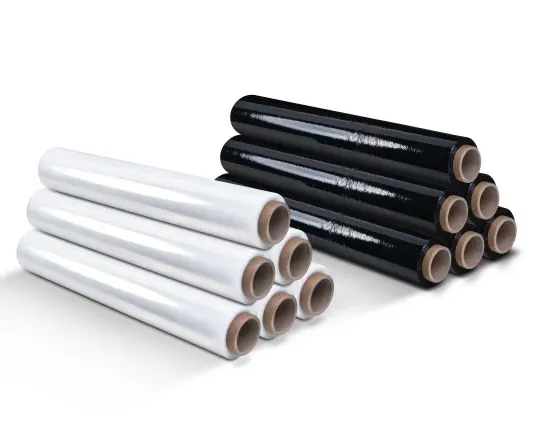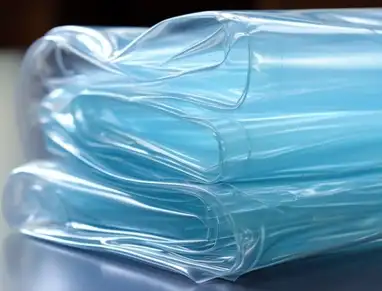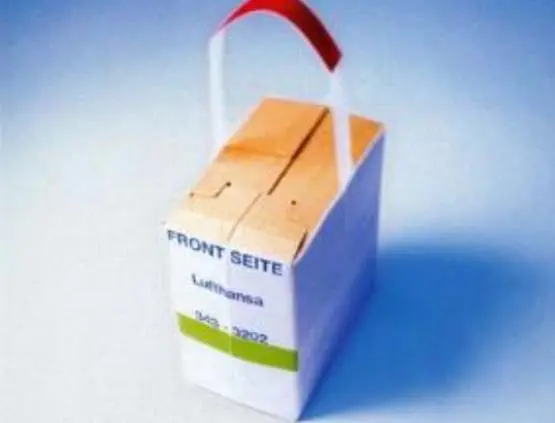Yes, polyethylene is easily recyclable. In Germany, almost all plastics are collected, sorted, and recycled through the dual system.
Polyethylene (PE) is the most widely produced and used plastic in the world. Polyethylene accounts for the largest share of recycled plastics, followed by polypropylene (PP). Near-infrared technology allows the individual plastic types to be separated in sorting plants. Today, a purity of up to 98 percent is achieved, enabling high-quality recycling.
It can be melted down and processed into new products an unlimited number of times. In our in-house reclaim plant, over 95% of our production waste is processed into pure recyclate. The recyclate can be mixed with new PE. Depending on the application and requirements, this can vary from 20% to 100%. The recyclate is mainly used for garbage bag production, as well as for cover film, packaging film, or construction film. In Germany, 50% of plastic waste is melted down. The other half is converted into electricity in waste incineration plants without leaving any residue.
Advantages of PE recycling:
Reduction in waste volume: Recycling reduces the amount of PE in landfills.
Resource conservation: Less energy and new raw materials are required to manufacture PE products.
Circular economy: The recycled material can be returned to the production cycle.
Forms of PE recycling:
- Material recycling:
The PE is recycled into granules or ground material, which are used to manufacture new products. - Feedstock recycling:
The PE is broken down into its chemical components, from which new plastics can then be manufactured.
Challenges:
- Purity of sorting:
Impurities in PE can complicate recycling and impair the quality of the recyclate. - Sorting:
Efficient sorting of PE from mixed plastic waste is important for high-quality recycling.
Here is a more detailed explanation of the types of recyclates:
- Post-Consumer Recyclate (PCR)
This recyclate is obtained from used LDPE products collected in municipal waste or through other collection systems. The process involves collecting, cleaning, shredding, and granulating the used LDPE items to produce new material for the production of packaging and other products. - Post-Industrial Recyclate (PIR)
This recyclate comes from production waste generated during the manufacture of LDPE products. This waste is often cleaner and more homogeneous than PCR because it comes directly from the production process. It is also cleaned and processed into granules to be returned to the production cycle.







